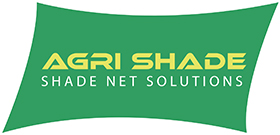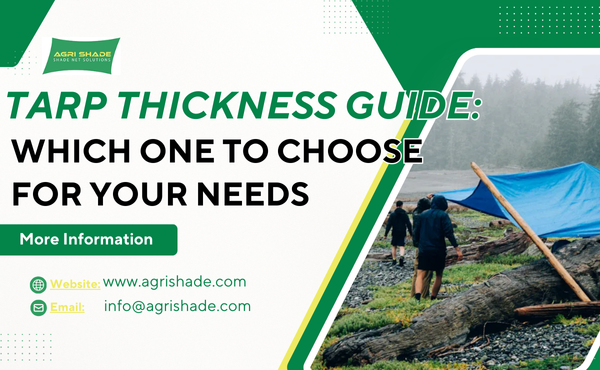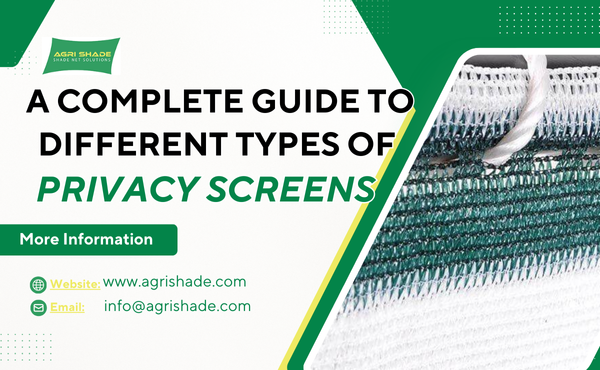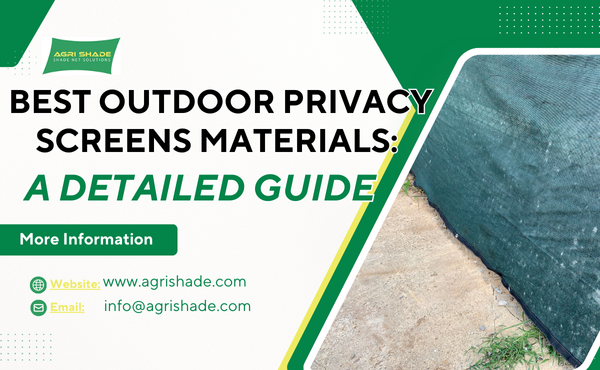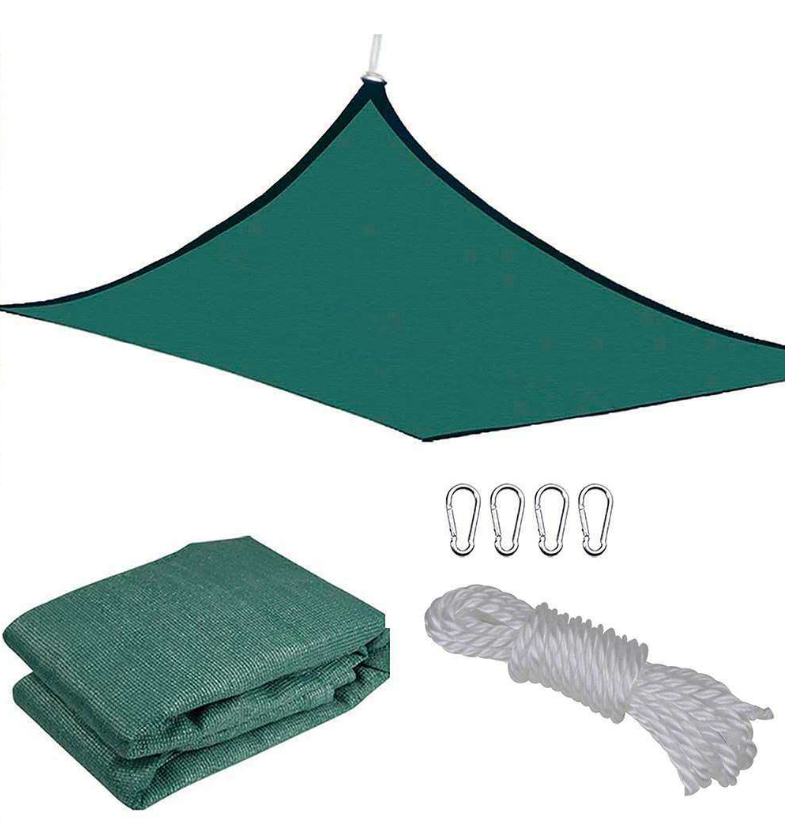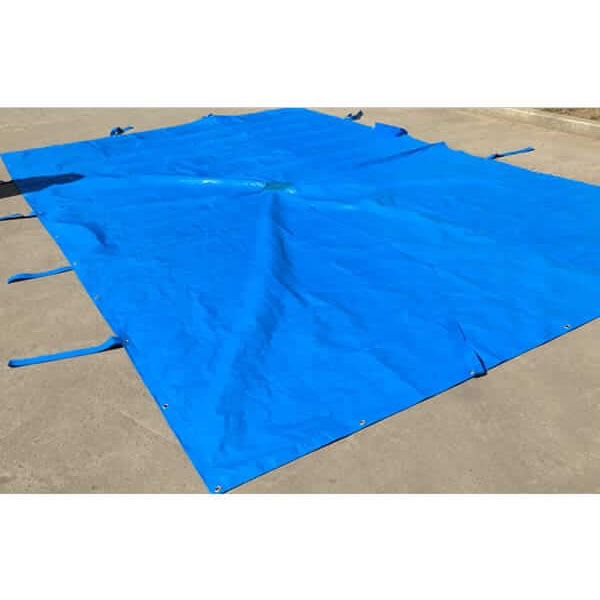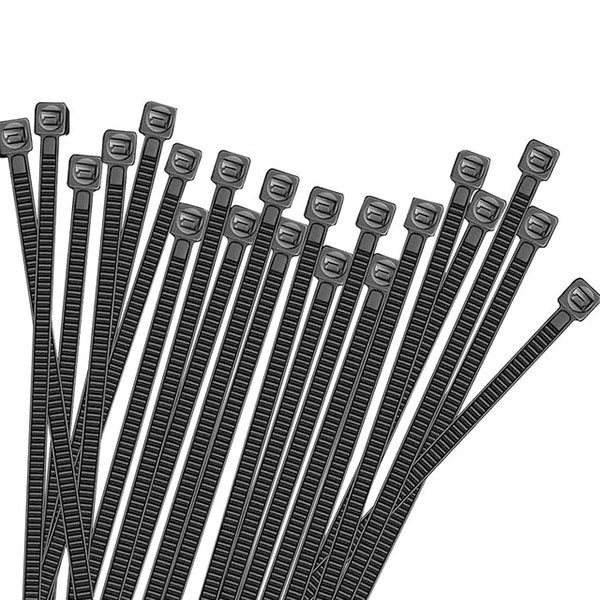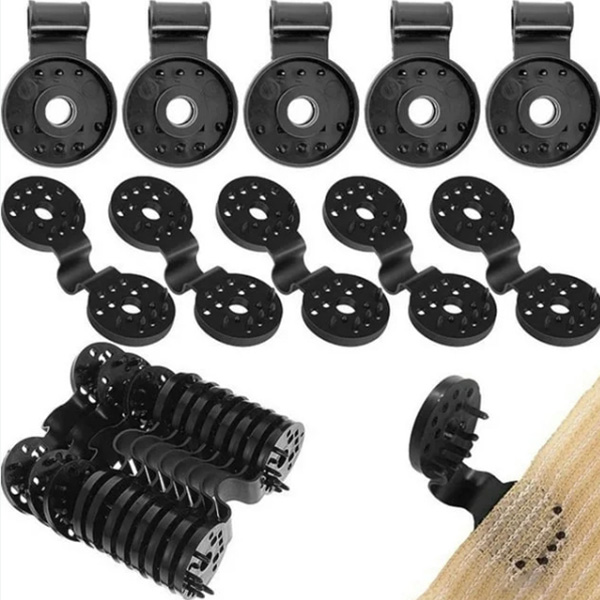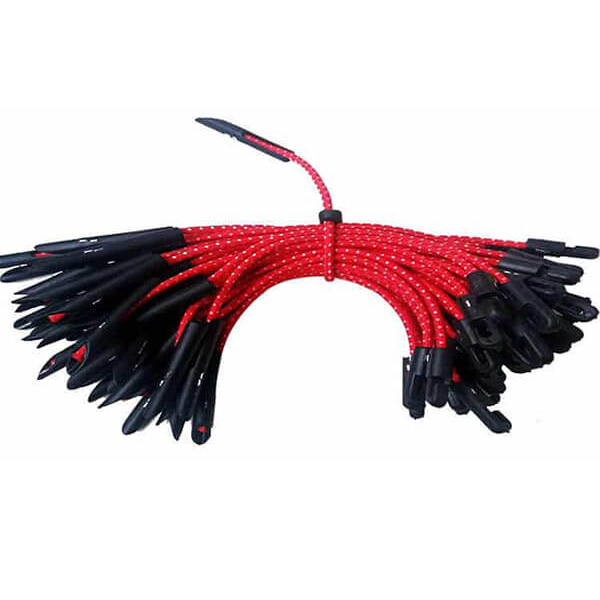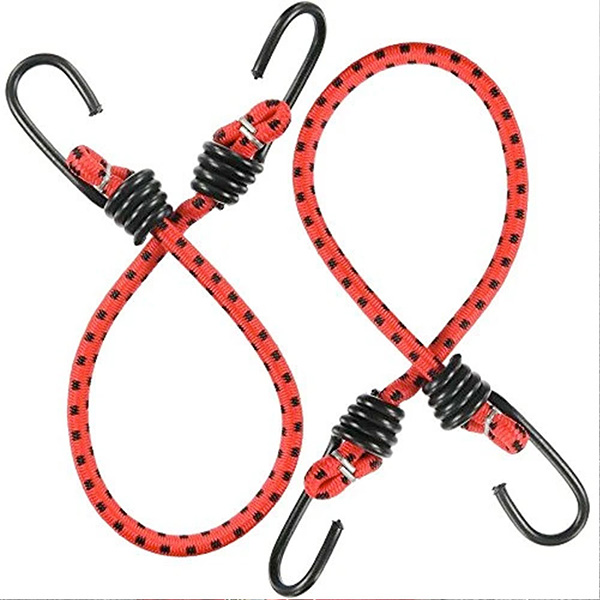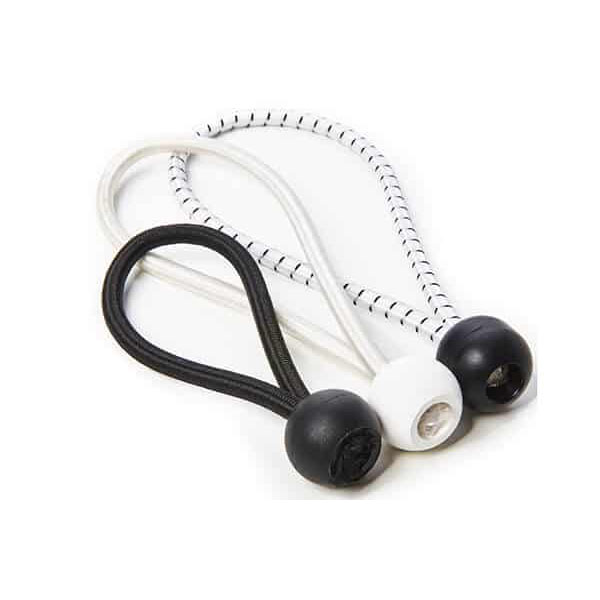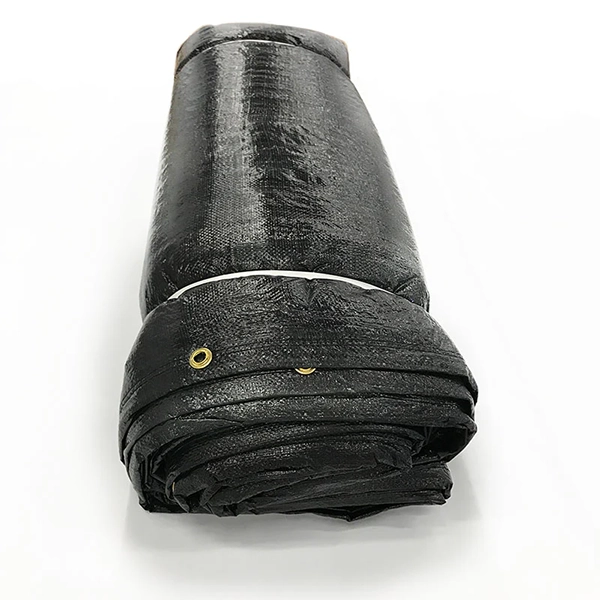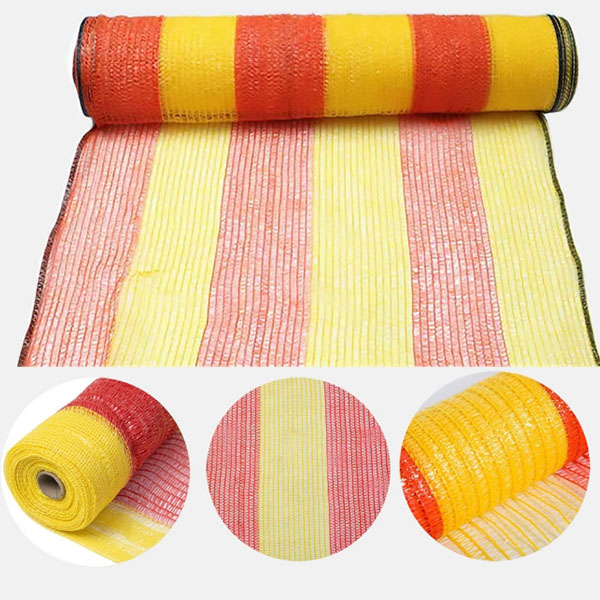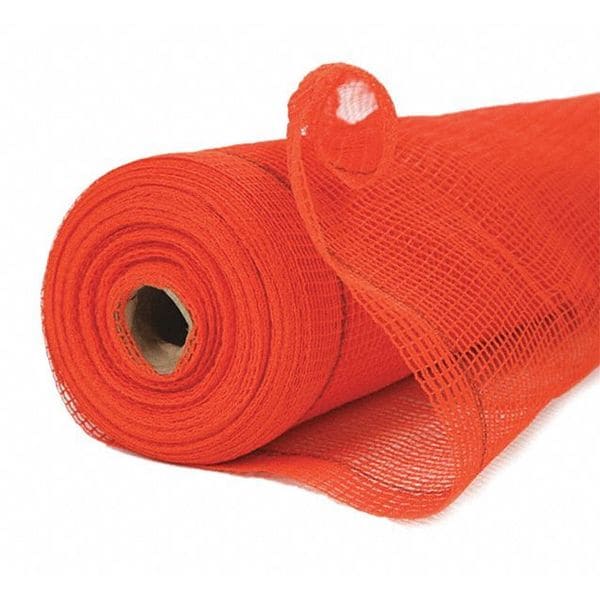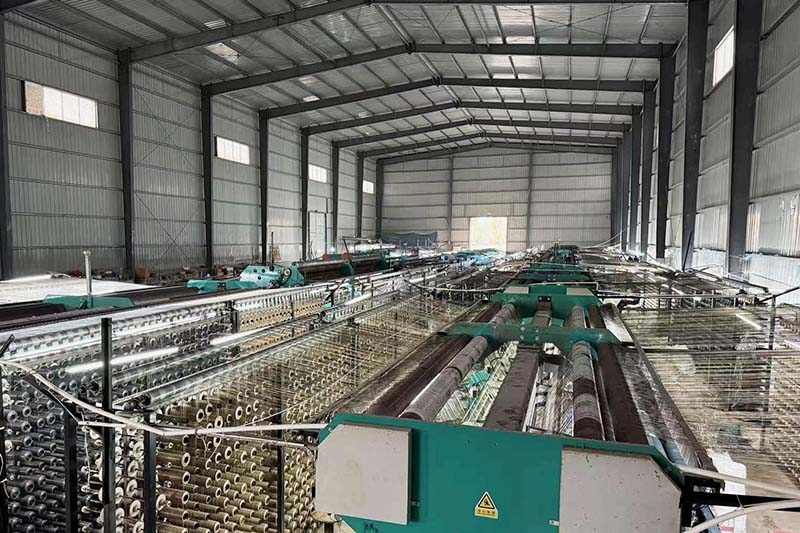In the demanding world of construction, worker safety isn’t just a priority—it’s essential. Fall hazards remain one of the leading causes of injuries and fatalities on job sites. A reliable fall protection system serves as the first line of defense. For B2B buyers and project managers, choosing the right fall protection nets is a key decision that affects worker safety, project efficiency, and compliance with safety regulations.
This guide provides a detailed walkthrough of how to choose the fall protection nets for your construction sites. We will cover everything from understanding the different types of safety nets to the importance of mesh size for fall protection nets and adherence to construction industry safety standards.
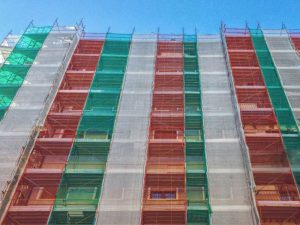
Why Quality Fall Protection Nets Are Important
A fall protection system is designed to prevent or arrest falls, safeguarding personnel working at heights. While personal fall arrest systems (PFAS) like harnesses are essential, passive fall protection, such as safety netting, offers collective protection for all workers in a specific area without requiring active participation. This makes it an indispensable component of comprehensive construction site safety.
Investing in a high-quality netting system helps:
- Prevent Injuries: The primary function is to catch workers, tools, and debris, significantly reducing the risk of injury and fatalities.
- Ensure Compliance: Adhering to standards set by bodies like the Occupational Safety and Health Administration (OSHA) is mandatory.
- Boost Productivity: A secure work environment allows workers to perform their duties with confidence and efficiency.
- Protect Your Investment: Prevents damage to equipment and property below the work surface from falling objects.
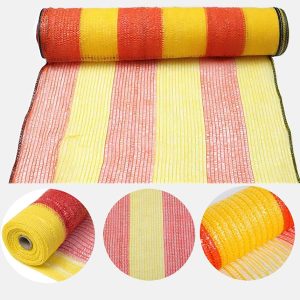
Key Factors to Consider When Choosing Fall Protection Nets
Selecting the appropriate netting involves more than just a simple purchase. It requires a careful assessment of your specific needs.
- Mesh Size: The opening size of the net’s mesh is critical. A smaller mesh size for fall protection nets is ideal for catching smaller debris and tools, while a larger mesh size is standard for personnel fall arrest. OSHA mandates a maximum mesh opening of 6 inches by 6 inches for personnel nets.
- Load Capacity & Drop Testing: Nets must be certified to handle a specific impact force. The industry standard drop test involves a 400-pound bag of sand dropped from the work level, ensuring the net can absorb the force without breaking.
- Material and Durability: Most high-quality nets are made from high-tensile synthetic polymers like polypropylene or nylon, which offer excellent resistance to UV degradation and harsh weather conditions. Fire-retardant coatings are also available for work areas with welding or other hot work.
- Work Environment: The nature of the construction site—be it a high-rise building, bridge, or industrial facility—will dictate the type of net required. The system must be adaptable to different work environments and configurations.
| Factor | Key Consideration | Best Practice |
| Mesh Size | It must be appropriate for both personnel and debris. | For personnel, ensure mesh openings do not exceed 6″x6″. For debris, select a smaller mesh. |
| Load Capacity | Certified to withstand fall impacts. | Verify the net has passed the 400-pound drop test as per OSHA standards. |
| Material | Must be durable and weather-resistant. | Opt for high-tensile, UV-stabilized synthetic materials. Request fire-retardant options if needed. |
Understanding the Different Types of Safety Net
Fall protection nets are not a one-size-fits-all solution. The primary types of safety nets are designed for specific applications.
- Personnel Nets (Horizontal Safety Nets): This is the most common type of safety net used to catch workers who fall from a work surface. They are installed horizontally below the work area and must be positioned no more than 30 feet below.
- Debris Nets (Vertical Nets): Often used as perimeter protection, these nets contain debris, tools, and materials, protecting people and property below. When installed along the edge of a floor, they can also act as part of a guardrail system, enhancing passive fall protection.
- Custom Fabricated Nets: For projects with unique architectural designs or complex work areas, standard nets may not fit. We offer custom-designed and fabricated nets tailored to your project’s specific dimensions and safety requirements, available for wholesale orders.
| Type of Net | Primary Use | Key Features |
| Personnel Net | Catching falling workers. | High-strength, large mesh, must be drop-tested. |
| Debris Net | Containing falling objects and materials. | Smaller mesh size, often used vertically as a barrier. |
| Custom Net | Unique or complex project requirements. | Tailored dimensions and specifications for a perfect fit. |
Ensuring Compliance with Construction Industry Safety Standards
Compliance with construction industry safety standards is crucial for legal and ethical reasons. OSHA provides clear guidelines for the installation and use of safety nets.
- Installation Height: Nets must be installed as close as practical under the work level, never exceeding 30 feet below.
- Clearance: There must be sufficient clearance below the net to prevent a falling person from hitting the surface or structure underneath.
- Anchor Points: Nets must be attached to anchor points that are strong enough to withstand the impact load.
- Inspections: Regular inspections for wear, damage, or deterioration are mandatory, at least once a week and after any event that could affect the net’s integrity.
Partnering with a supplier who understands and guarantees compliance with occupational safety and health regulations protects your business and, more importantly, your workers.

Installation and Maintenance Best Practices
Proper installation and maintenance are vital for the effectiveness of any fall protection system.
| Task | Frequency | Best Practice |
| Pre-Installation Inspection | Before every installation | Check for defects, tears, or UV degradation. |
| Check Anchor Points | During installation & weekly | Ensure anchor points are secure and structurally sound. |
| Inspect Net In-Situ | Weekly & after any incident | Look for tears, frays, or damage. Remove any fallen debris immediately. |
| Proper Storage | After project completion | Clean and store nets in a cool, dry place away from direct sunlight to prolong their lifespan. |
Conclusion
Choosing the right fall protection nets is a critical investment in construction site safety. By carefully considering the types of safety nets, mesh size, material durability, and strict adherence to construction industry safety standards, you can create a safer, more compliant, and more productive work environment. For large-scale projects, exploring custom and wholesale options ensures you get a cost-effective solution tailored precisely to your needs.
Frequently Asked Questions (FAQ)
1. What are the main types of safety net for construction?
The main types include horizontal personnel nets designed to catch falling workers, vertical debris nets to contain materials, and custom-fabricated nets for unique project specifications.
2. Why is mesh size important for fall protection nets?
Mesh size is crucial for effectiveness. For personnel nets, the mesh must be small enough to catch a person without their limbs passing through (max 6″x6″). For debris nets, a much smaller mesh is needed to contain tools and materials.
3. What is the difference between passive and active fall protection?
Passive fall protection, like safety nets and guardrails, protects all workers in an area without requiring them to wear or use specific equipment. Active systems, like a personal fall arrest systems (PFAS), require individual use of equipment like harnesses and lanyards.
4. How do I ensure my fall protection system meets safety standards?
Always purchase nets from a reputable supplier that certifies their products meet or exceed OSHA and ANSI standards. Ensure the nets come with proper documentation, including load capacity and drop-test results.
5. Can fall protection nets be customized for specific construction sites?
Yes, for projects with unique dimensions or requirements, nets can be custom-fabricated. We specialize in providing custom and wholesale solutions to meet the specific demands of your construction site.
